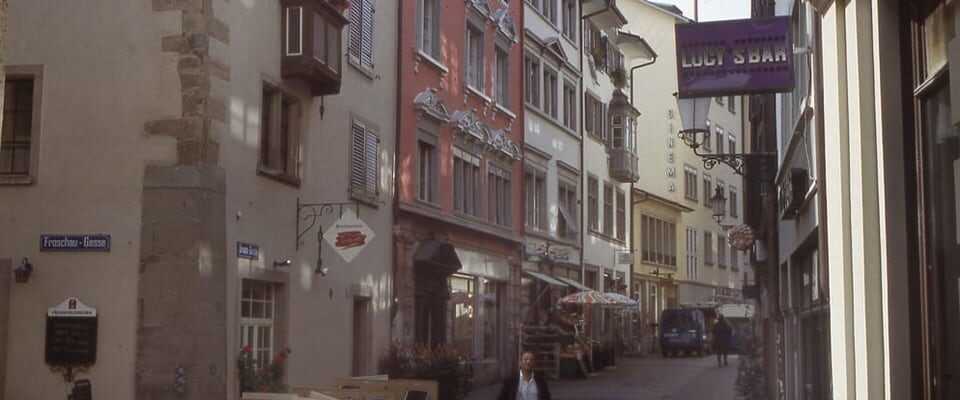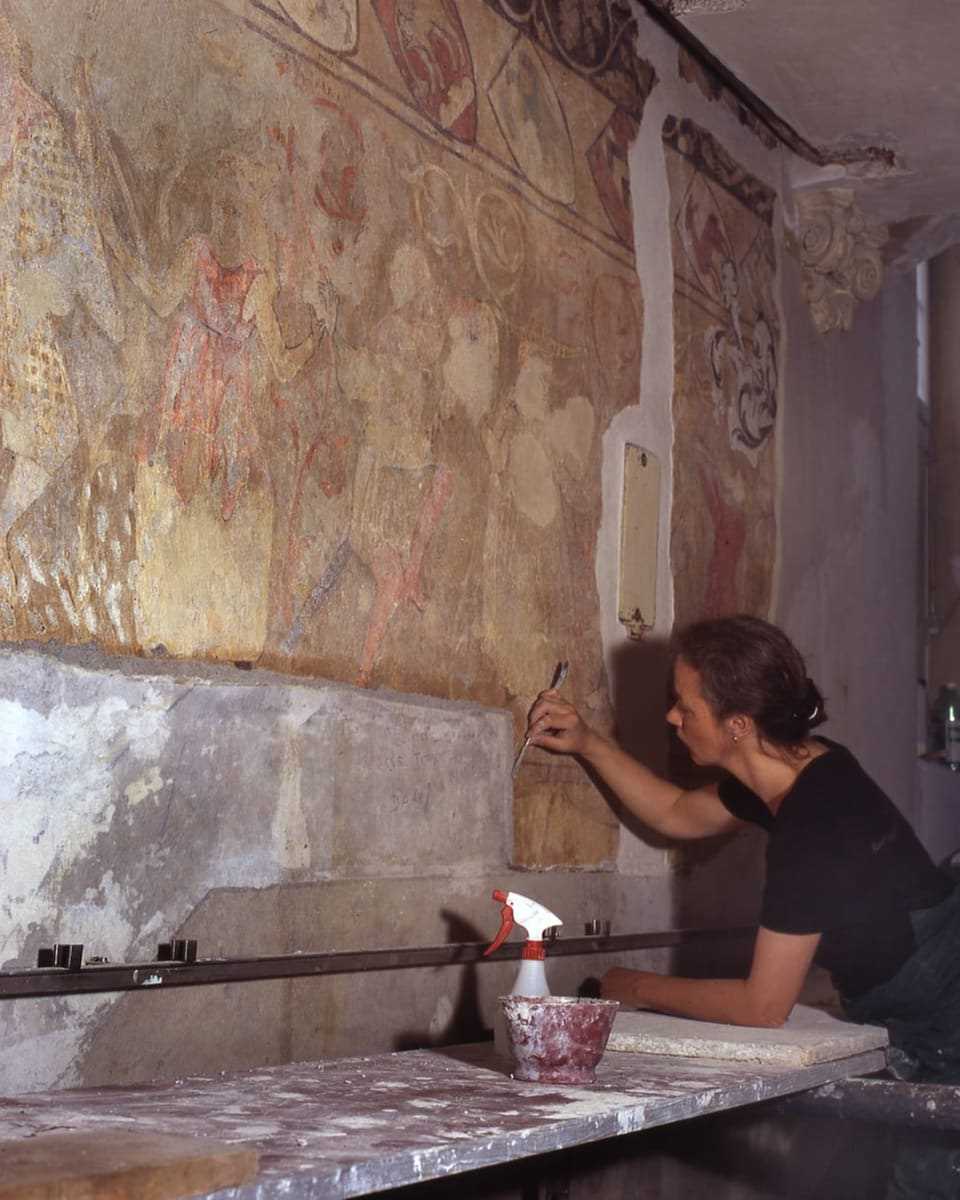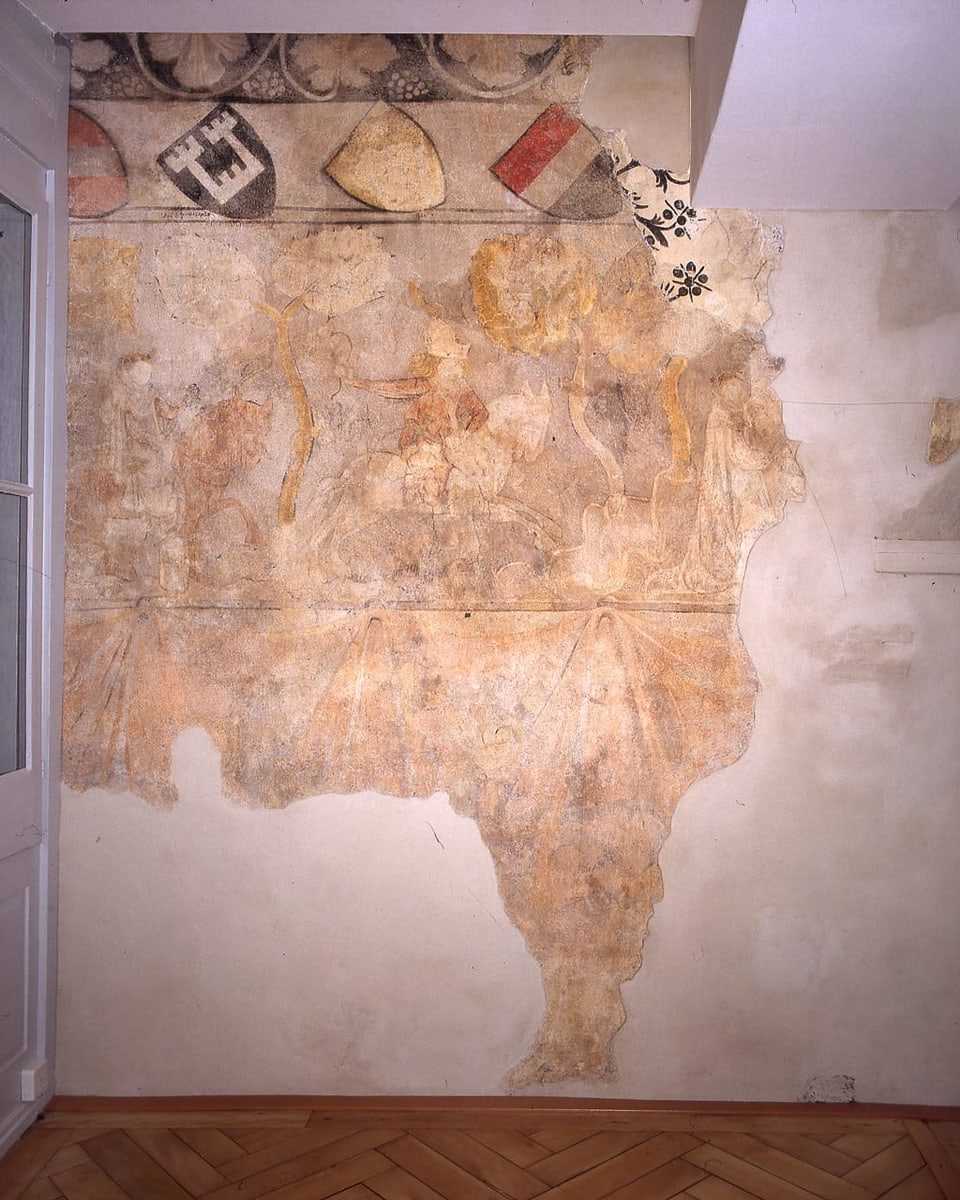contents
Frau Minne instead of Rudolf Brun: the renaming of a bridge is intended to commemorate the persecution of the Jews in Zurich. But who was Frau Minne?
In the middle of Zurich’s old town, a central bridge leads over the Limmat. It is named after Rudolf Brun, the first mayor of the city. Now it should be named after Ms. Minne, according to the initiative of the city of Zurich alternative list. The initiative also demands that the nearby Brunngasse should be called Moses-ben-Menachem-Gasse, after Mrs. Minne’s son.
Background of the story: Rudolf Brun is said to have tolerated the persecution and murder of Jewish fellow citizens in the 14th century. He even profited from the expropriation of Jewish property after the plague pogroms. But who was Frau Minne, the candidate for the bridge name?
A rich life on Brunngasse
Insight into the life of the wealthy Jewish family around Ms. Minne is available in a house in the old town at Brunngasse 8. “The family saw itself as part of the upper class,” says Dölf Wild, Zurich’s former city archaeologist. The family became rich through financial transactions.
They set up a banquet hall in their house and had magnificent wall paintings installed. “With this hall and the paintings, the Jewish family afforded themselves a place that expresses this understanding,” explains Wild, who accompanied the uncovering of the paintings. He co-founded a small museum that makes the ballroom open to the public: “Schauplatz Brunngasse”.
The paintings, discovered 25 years ago, are among Zurich’s historical treasures. They also receive a lot of attention internationally, from Jews and non-Jews, scientists and laypeople.
A new documentary film by Hildegard Keller was made about her: “Brunngasse 8” takes the history of the house at Brunngasse 8 as the starting point for a journey through time to the Jewish and Christian Middle Ages in Zurich.
The murals at Brunngasse 8
Mrs. Minne, the businesswoman
What was the role of Mrs. Minne? She operated money lending, acted as a businesswoman. At that time, Jews had to take care of the important lending of money, because Christians were forbidden from doing business with interest.
According to research, Ms. Minne’s son, Moses-ben-Menachem, is probably the famous Rabbi Moses of Zurich. He was head of a Talmud school and author of the «Zürcher Semak», an important commentary on the Talmud.
With the murders, the debt disappeared
Then came the plague. And with it the search for scapegoats. Members of Zurich’s Jewish community were persecuted, tortured and burned at the stake on February 23, 1349.
The Christian upper class benefited directly from the persecution of the Jews, explains Dölf Wild. The debts they owed to the Jews were simply cancelled. “It’s been proven multiple times. Jewish houses were expropriated, debts canceled.”
Jigsaw Pieces of Lore
It is believed that some of the children of Ms. Minne’s family survived the persecution and later lived in Rapperswil. A document shows that they had to waive all claims against the city. The tradition only contains pieces of the jigsaw puzzle, and Wild emphasizes that we do not know all the circumstances of these dramas.
Around 1353 there is evidence of a Jewish community in Zurich. They had to start over.


